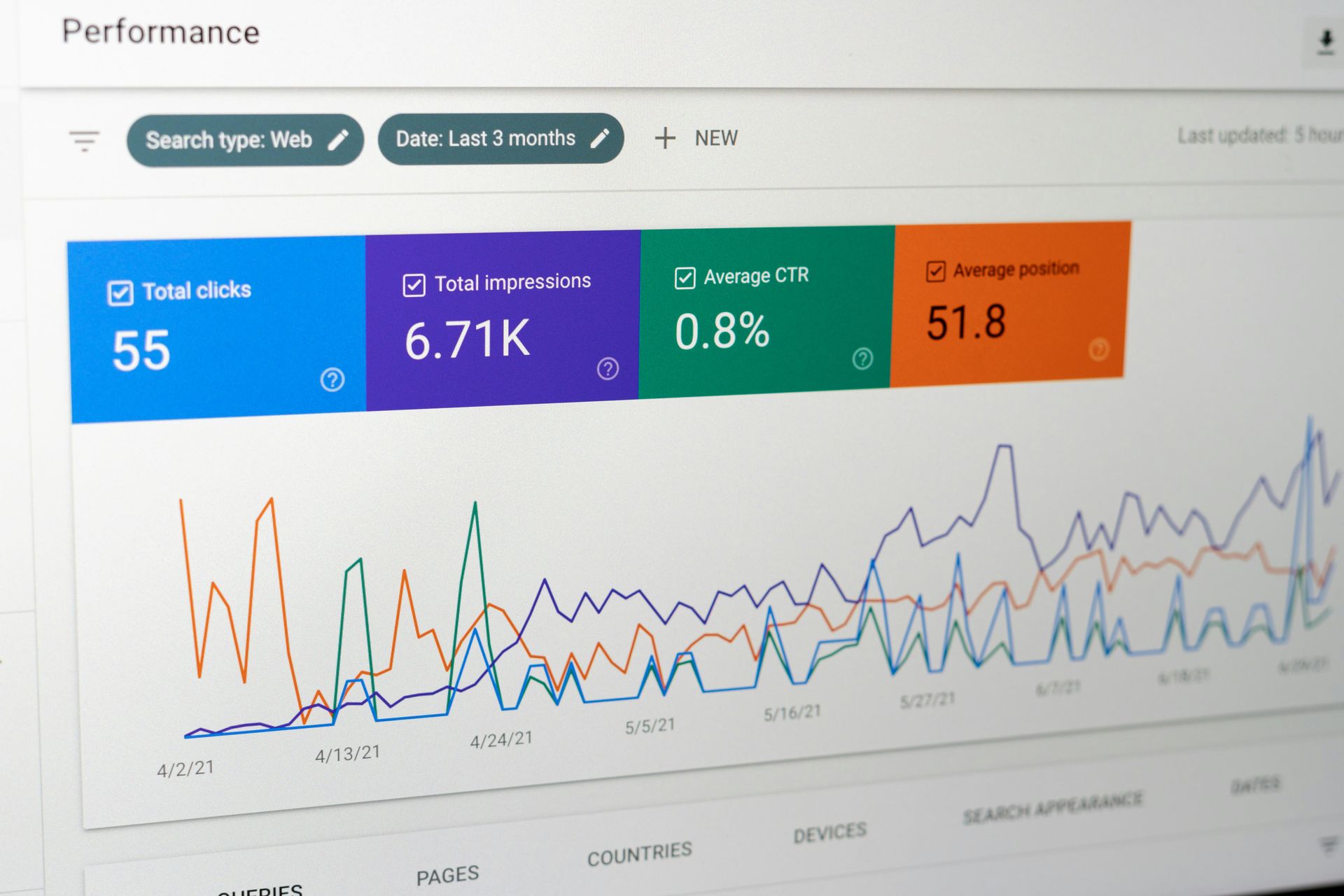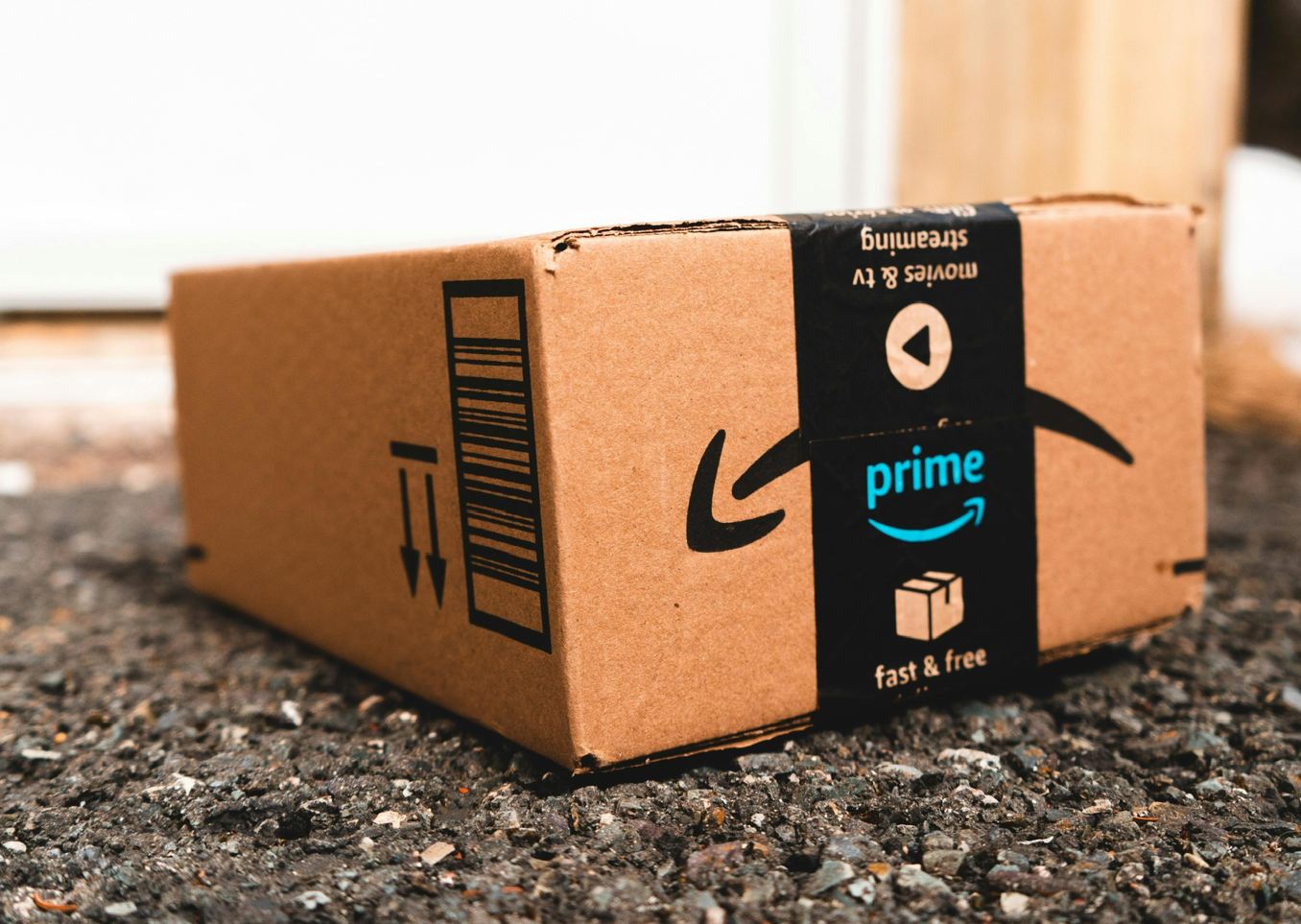What to track in Amazon PPC
What should I track in PPC, and why?
Amazon PPC is a type of advertising that allows sellers to place ads on the Amazon platform. These ads are displayed as Sponsored Products in the Amazon search results. When a user clicks on one of these ads, the seller is charged a fee based on the amount of traffic that the ad generates. Amazon PPC can be a great way for sellers to increase visibility for their products and drive more sales.
PPC tracking is a method for measuring the effectiveness of your paid search campaigns by recording data on clicks on your ads. This information can help you measure the effectiveness of your ads and identify which keywords are most effective in driving traffic to your site. When you're running PPC marketing on Amazon, it's essential to track your conversions to ensure the campaign's success.
As an
Amazon ads agency, you're likely aware of the basics that go into a PPC campaign on the platform: targeting your keywords, adjusting your bids, and tracking your results. But there are other factors to consider as well if you want to achieve success with Amazon ads.
List of measurements to be tracked in Amazon PPC
1. Track your campaign Cost Per Click
- CPC stands for Cost Per Click. It's a metric used in online advertising to measure the effectiveness of an ad campaign.
- It's calculated by dividing the total cost of the campaign by the number of clicks it generated. This gives you a sense of how much you're spending on average for each click your ad receives.
- CPC is also used as a measure of ad quality. Generally speaking, the higher the CPC, the more effective the ad is at generating traffic and conversions. Conversely, low CPCs may indicate that an ad isn't resonating with users or that it's being targeted to the wrong audience.
- By tracking your CPC, you can see how much you're spending on each click and adjust your campaign accordingly. Another reason to track CPC is to ensure that you're not overspending on specific keywords. If one keyword is costing more than it's worth, you can either adjust your budget for that keyword or exclude it from your campaign altogether.
2. Track your Click Through Rate
- CTR stands for "Click Through Rate". It's a metric that measures how often people click on a link, ad, or another call-to-action item. It is calculated by dividing the total number of clicks on an ad by the number of impressions (the number of times an ad was shown) for that ad.
- It's essential to track CTR because it provides valuable insights into how well your marketing campaigns are resonating with your target audience.
- If your CTR is low, it means people aren't clicking on your ads, which could mean they're not interested in what you're selling.
- A high CTR usually indicates that a particular ad is resonating with its target audience and is providing them with what they are looking for. As a result, it's essential to monitor your CTR and make adjustments to your campaign if it falls below a specific threshold. By doing so, you can ensure that you're maximising the return on your investment in online advertising.
3. Track your Conversion Rate
- The conversion rate is the percentage of website visitors who complete the desired action, such as filling out a contact form or making a purchase.
- The conversion rate is the most important measure of an ad’s performance. This means that you need to divide the number of sales by the number of clicks it received to calculate the average figure across all campaigns and platforms where it appears.
- To improve your conversion rate, you'll need to identify what's preventing your visitors from completing the desired action and make changes to address those issues.
- If you're running Amazon PPC, then you'll want to track your conversion rate to see how well your ads are performing. This will help you determine whether you need to make changes to your campaign to improve your results.
4. Track your Cost Per Acquisition
- Cost Per Acquisition (CPA) is a metric used in online advertising to measure the amount of money spent to acquire a new customer. CPA is calculated by dividing the total cost of advertising by the number of conversions (such as sales, leads, or subscriptions) generated as a result of that advertising.
- This metric can be useful for comparing different forms of advertising and identifying which campaigns are most effective at generating new customers.
- However, it is essential to note that CPA does not consider the overall profitability of acquiring new customers, only the costs associated with advertising. Therefore, it should be used in conjunction with other metrics as well.
- When it comes to Amazon PPC, tracking your Cost-Per-Acquisition (CPA) is essential for knowing how well your campaigns are performing.
5. Track your Average Order Value
- The average order value (AOV) is the average amount spent per order by a customer. This metric is calculated by dividing the total revenue generated from orders by the total number of orders placed.
- By tracking AOV, you can determine the average order value (AOV) and use this information to inform strategic decisions about pricing, product assortment, and marketing.
6. Track your Advertising Cost of Sale
- TACoS is a key metric in PPC marketing, also known as the Total Advertising Cost of Sale. It measures the relationship between the total amount of advertising spent and the total sales or total revenue. You can find your TACoS value by multiplying these relationship values by 100.
- TACoS provides the best insights into your sales and a better understanding of how to improve them, enabling you to succeed.
Percentage values
You can measure your sales by these TACoS percentages:
- If you're finding that your percentage falls between 6 and 10 percent, then your account is most profitable, however it’s very reliant on organic search.
- If you are finding that your percentage falls between 10 to 15 percent, then the balance between PPC and organic search is good.
- If you are finding your percentage falls below 6 percent, then your account is almost to reliant on organic search
Conclusion
Overall, Amazon offers a unique and complex advertising platform. By monitoring these metrics, you can ensure that you’re not wasting money on ads that aren’t generating traffic or conversions, and you can adjust your campaigns accordingly.
If you’re not sure where to start or need help setting up and managing your Amazon PPC campaigns, contact Kangaroo UK for assistance. With over 10 years of experience in online marketing, we know how to help you get the most out of your Amazon advertising budget so you can focus on what you do best - selling products!
Our team of experts is well-versed in Amazon advertising and can help you track the most critical data points, enabling you to make informed decisions about your campaigns.
Contact us today to get started!










